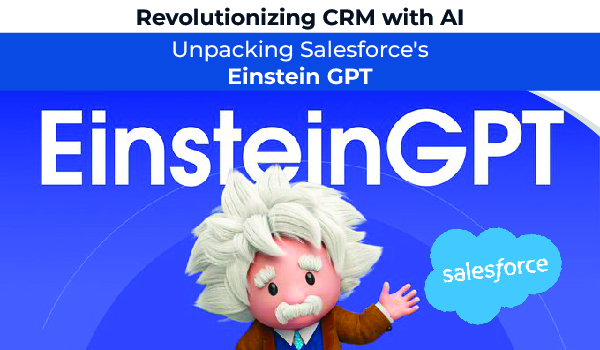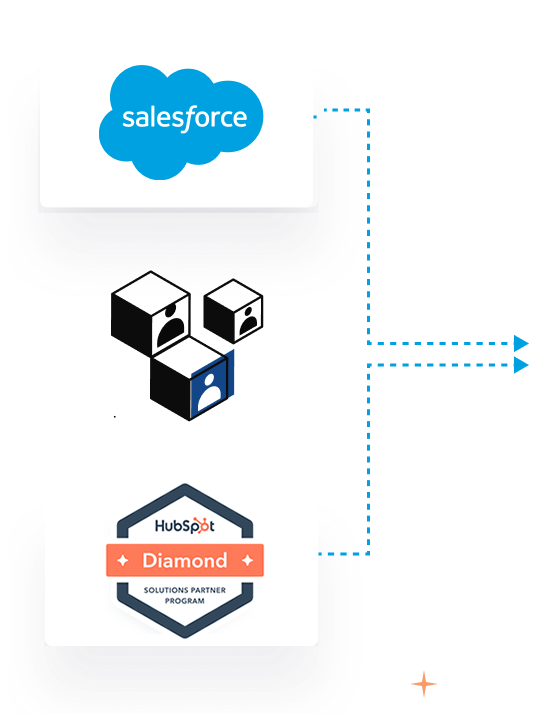Elevate Your Business Success with Salesforce & HubSpot
Transform your CRM implementation into a revenue engine: streamline processes, boost conversions, and propel business growth with Salesforce & HubSpot expertise.
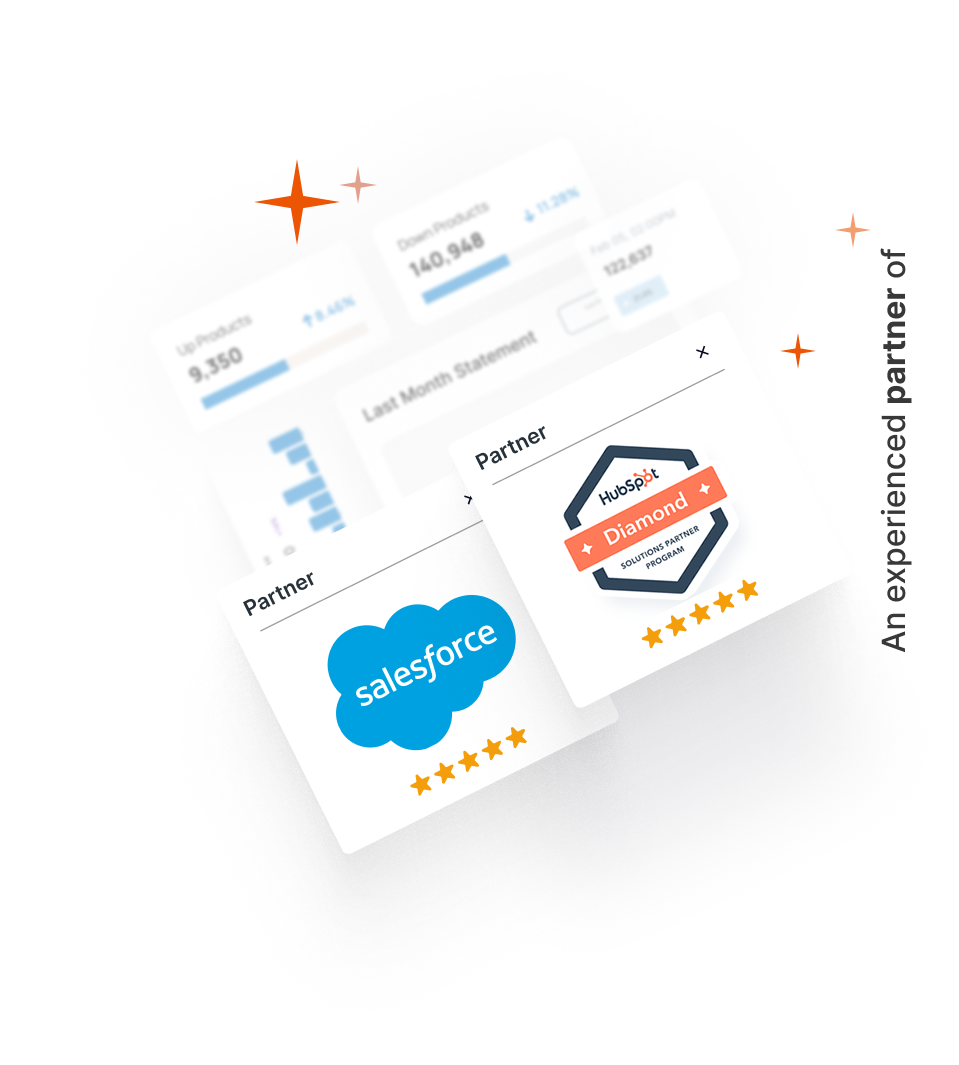
Trusted by










Why Slack?
Be 49% more Productive and 35% Faster by using Slack
Utilize Slack as the primary workspace through integration with your CRM

Why Cetdigit?
Making It Easier To Get Things Done
We specialize in crafting custom Salesforce and HubSpot CRM solutions tailored to propel your organization towards its business objectives.
Our approach goes beyond mere coding or generic strategies. We focus on delivering solutions intricately aligned with your Key Performance Indicators (KPIs), revenue aspirations, and overarching business goals.
-
Identify and leverage marketing opportunities effectively
-
Significantly improve your lead-to-deal conversion rates
-
Boost loyalty with personalized customer experiences
-
Break down data silos for a unified view of your operations
-
Empower decision-making with robust, data-driven insights
-
Enhance data accessibility and utility with our CRM solutions
-
Achieve seamless operations through meticulous CRM implementation
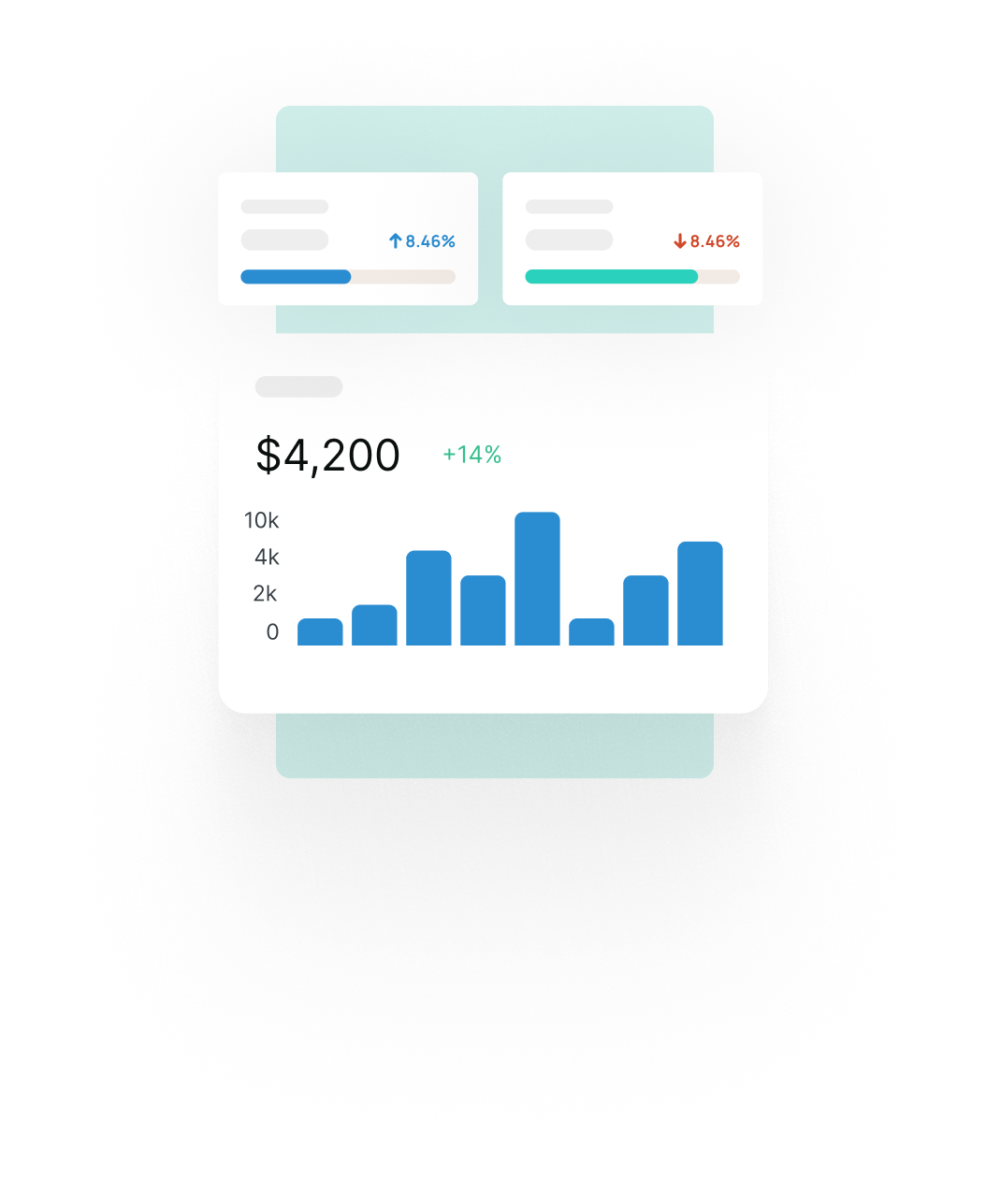
Your Salesforce and HubSpot Partner for Digital Transformation
CETDIGIT helps organizations get the most out of Salesforce and HubSpot. No unfulfilled promises. No cookie-cutter solutions. No extensive contracts- just results. We will improve your CRM implementation and simplify processes to increase online visibility and conversions and make your business more efficient. Our CRM solutions will assist you in reaching your business goals. We will help you find the best marketing opportunities and make smart, data-backed decisions while also guiding you in creating customized experiences that boost customer retention and satisfaction. Book a free consultation to learn more about what we have to offer.
Everything in One Place
We connect all your data across Salesforce, Pardot, & HubSpot. Our solutions make information easy to find and make your company more efficient.

Digital Marketing
Marketing is your last competitive advantage. We will come up with innovative strategies that will help you stand out from the competition.

Sales & Marketing Alignment
We will inspire your staff to reach their productivity goals. Our solutions will empower your sales and marketing team to win more often.
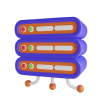
Digital Transformation
We will create a model that seamlessly grows to meet your business goals and scales your organization to move smarter.
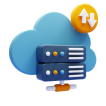
Websites That Win
Your website is the first impression most clients will get of your company. We design and develop websites that convert your leads.

Cybersecurity
Cybersecurity is a growing concern in today’s technological landscape. We’ll help you stay ahead of growing risks and protect your company.

What Our Clients Say About Us
Businesses of all sizes trust CETDIGIT
Our team had never used a CRM system, but people at Cetrix walked us through every step as patiently as they could. What I really loved was that they were able to add valuable suggestions to enhance our CRM site ... Cetrix has truly been one of my best experiences, and we now consider them as part of the team ... Because of Cetrix, our team can better communicate with our clients.

Cetrix was a pleasure to work with, always very communicative, thorough and on time with deadlines. I look forward to working with them again.
.webp)
Cetrix integrated Pardot into our Salesforce environment for us quickly and efficiently. Job performed exactly as needed.

Cetrix has been great to work with. I can say for certain that I would not have been able to wade into the deep waters of Salesforce without their guidance. Fortunately, they made themselves available to answer all my questions - from the basic to the complex - always with patience and understanding. I look forward to working with Cetrix again in the future.

Cetrix was a pleasure to work with. Very attentive to detail and came up with more than one potential solution to the problem we contracted with him to assist with. Provided daily updates to the task at hand. Highly recommended

Cetrix is great to work with ... They did a great job describing the solution in the proposal, were available when we needed them ... They went above and beyond to help complete our proposal on a very tight timeline.
.webp)
Cetrix was great! I couldn't ask for a better experience. I'm looking forward to doing more work with Cetrix.

ScriptEd had the pleasure of working with Cetrix Cloud Services on a Salesforce Database Customization project ... the donation of services has allowed ScriptEd to efficiently and affordably build out the Salesforce CRM that we use to manage our programming ... Over the duration of the project, they were professional, patient, flexible, and thorough. ScriptEd is thankful for and would highly recommend the pro-bono services of Cetrix Cloud Services.

Cetrix was easy to work with, worked quickly, and the work was excellent. Going into the job I didn't know exactly how to talk about what it was that our organization needed done with Salesforce, but they were able to easily figure out what our needs were and customize Salesforce for us. We were very pleased with their work.”

Cetrix team was great to work with! They will be my go to Salesforce experts. Thank you

Most Recent Blogs
To quickly grasp the main points of our latest blog, watch our video summary
Latest Case Studies
We deliver tailored solutions that work for your organization, industry, and business goals. Check out some of our customer success stories.
ULCC can now master e-marketing using innovative methods.
Amazon Web Services: From startup to global leader with Salesforce
InSinkErator records 27% accelerated growth in Revenue with HubSpot
Using HubSpot, FIoT are delivering a streamlined application process.
Spocket hit a record double in prospect conversion with HubSpot.
Our CRM
Integration Advantage
Shorter Sales Cycles
Improve your lead-to-deal conversion rate.

Better Retention Rate
Get all your customer data in one place to tailor experiences that keep them coming back.

Decreased Sales Cost
Get a bird's-eye view of your business and see your next best moves.

Revenue Increase
Use data to make better decisions, help your sales team win, and increase revenue.

Clients
Trusted by over 300 clients and counting.
Rating
Earned hundreds of positive reviews from our happy clients.
Projects
Successfully completed over 500 projects across multiple industries
Developers
Over 50 highly trained and specialized developers ready to help you.
Success Club
Excel with a Diamond HubSpot and Salesforce Partner
Partner with us and experience unparalleled CRM implementation that transcends industry boundaries. Our solutions are designed to propel businesses of all sizes and specialties to new heights. You’re assured of top-tier service and optimal utilization of your CRM platforms. With our CRM implementation, streamline your operations, enhance efficiency, and inspire your team to meet and exceed company goals. Expect bespoke solutions that drive tangible results.
Let’s Help You Win Predictably and Faster
Guiding you through every step — from initial design, seamless implementation, comprehensive training, to smooth migration — our team is dedicated to your digital transformation journey.

